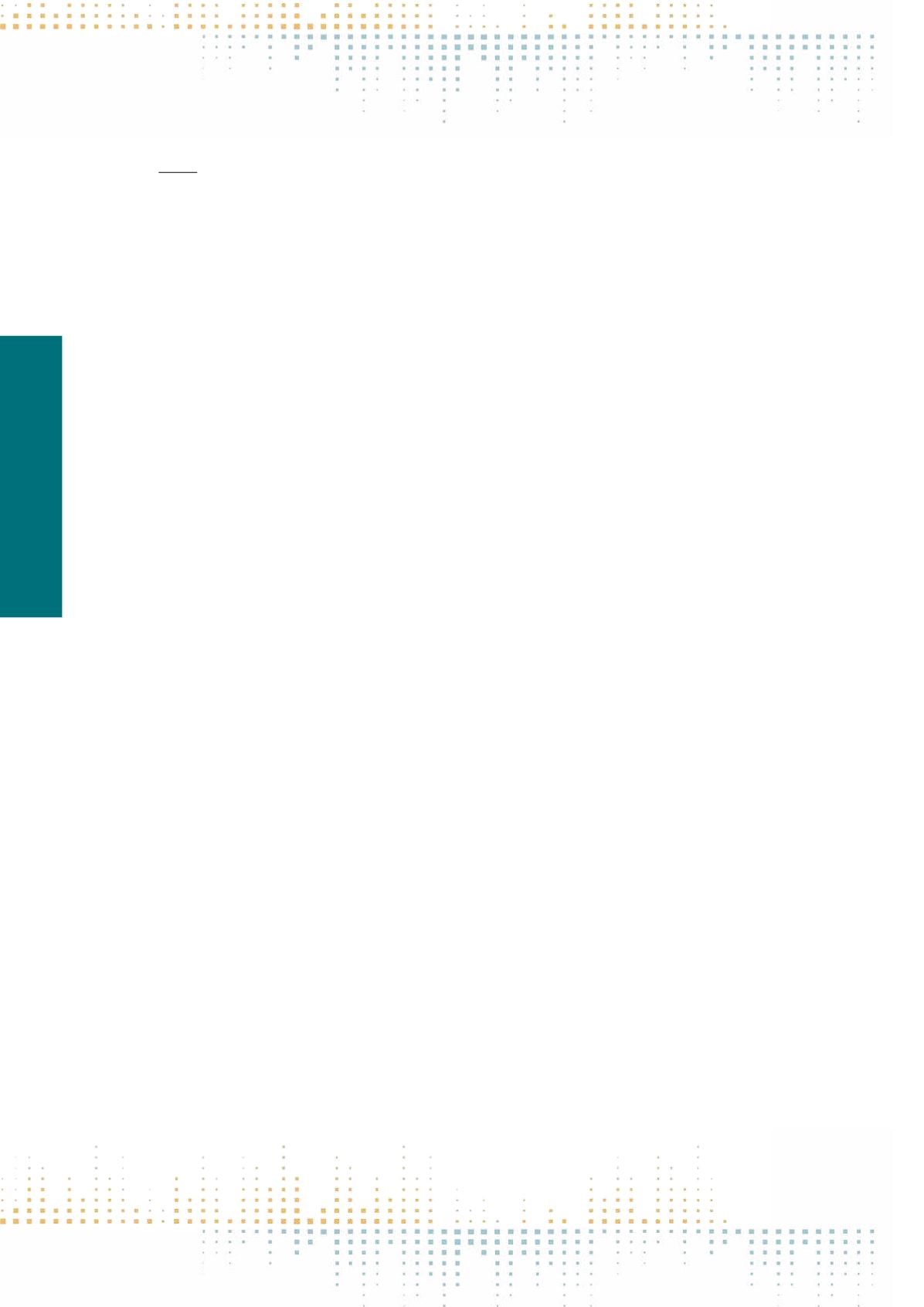

546
Saturday, November 12
1 6 : 0 0 – 1 7 : 3 0
PP 658
The Power of Presence. Twitter Networks of Finnish Political Elite and Political Journalists
I. Ruoho
1
, J. Kuusipalo
1
1
University of Tampere, School of Communication- Media and Theatre, Tampere, Finland
The paper asks, how digitalized political communication, such as the Twitter, has changed the everyday practices of political representation and commu‑
nication by examining the on-line networks between Finnish top-level politicians and political journalists. The growing number of academic research on
the use of Twitter in political campaigns and debates shows the importance of the Twitter as an extending platform for the digitalized political communi‑
cation typical for the age of late modernity. However, there is hardly no research on the consequences of these changes to the composition and networking
of political elites - not to speak of the role of political journalists in this agency, which on its part maintains and reconstructs "the myth of the mediated
center" (Couldry 2003). It is these questions that the paper aims to answer. The data consists of Twitter accounts of 34 members of the political elite (based
on their institutional position) and 39 political journalists including information also of those who followed them on Twitter and of those whom they
themselves followed. The results show that political communication on Twitter is shaped and dominated by an 'inner circle' of the political and journalist
elites representing the journalists of the leading media corporations and the politicians of the capital area of Finland, while the latter mostly represent
the major political parties of this area. Even if there were no gender differences in using the Twitter, the study indicates, that among the ones who were
mostly followed by the other members of the elites in case, the majority were men. This awakes a question: whose message is heard and whose message
is ignored in elite networks. Related to these results, the paper asks, how ‘politics on Twitter’ articulates the 'post-representative' and mediated politics
of presence (Rosanvallon 2006) and what kind of socially marked differences (class, gender, etc.) one can find in this digital political communication of elite
networks. Twitter as a form of political media can be seen as a ‘moulding force’ that has the potential to continuously shape communication, yet it does
not embody any solid media logic (Hepp 2013). The mere belonging to the Twitter elite may even be a more important indicator of the nature of Twitter
as a device for political communication than the contents of messages. The paper shows that at least in Finland, the power resulting from strong presence
in on-line political publicity (exemplified by Twitter) is concentrated in the hands of a small elite. This reinforces the exiting social (and political) order and
hierarchy, although a powerful position in theTwitter network does not necessarily follow from a (top-level) institutional position. Nevertheless and at least
in the Finnish case, "the myth of the mediated center" of social/political power seems to be efficiently reinforced by the Twitter networks of the political
and journalist elites.



















